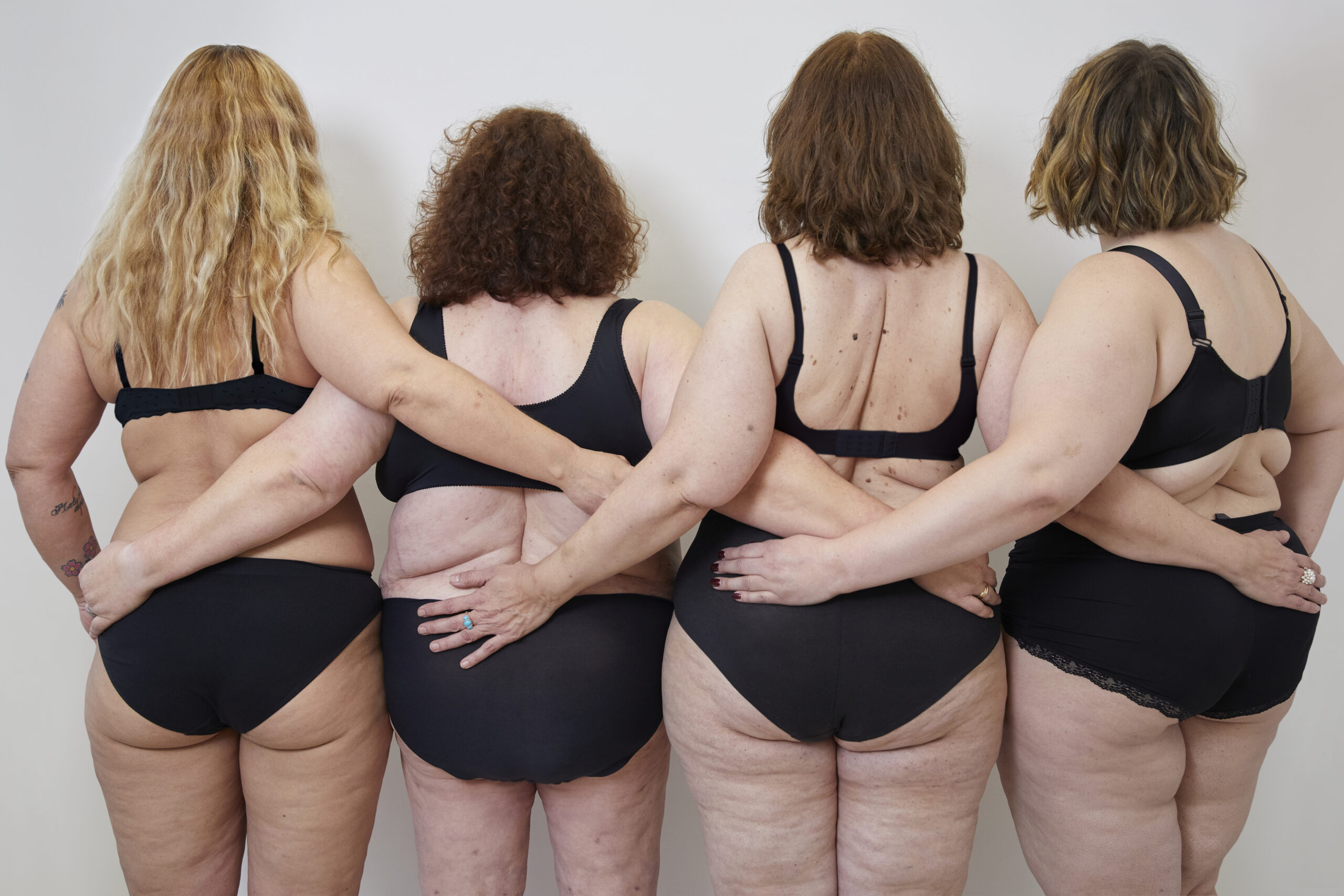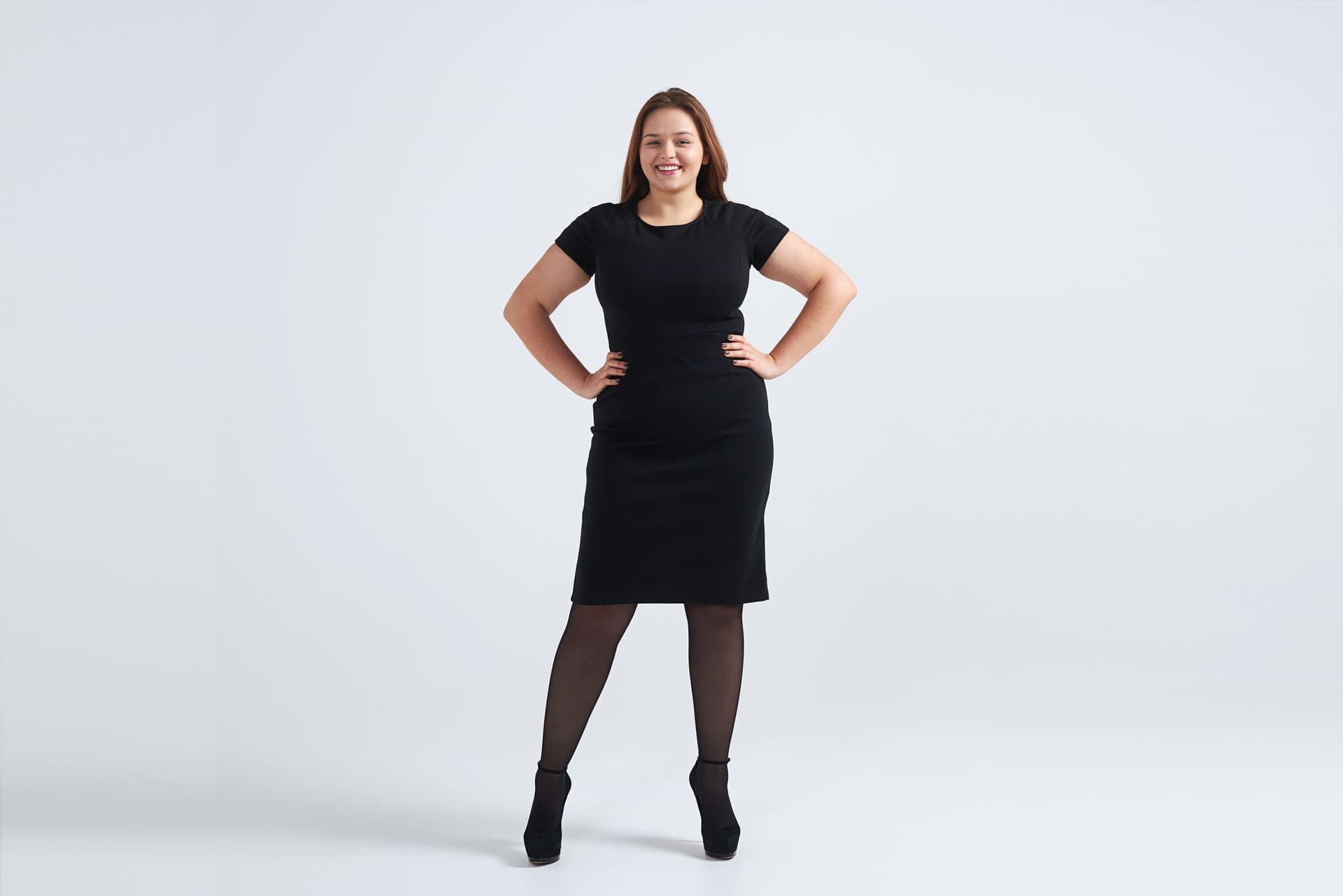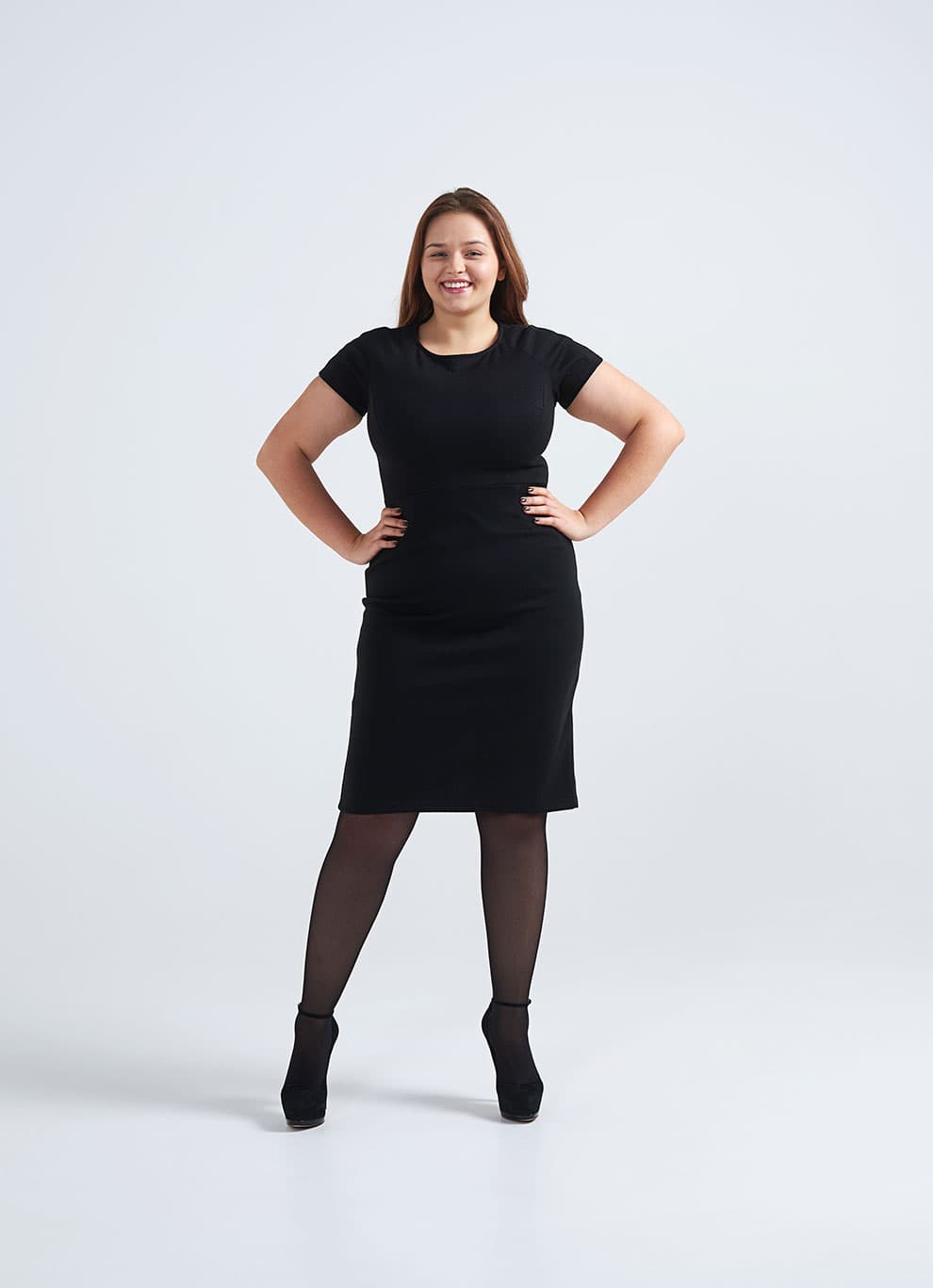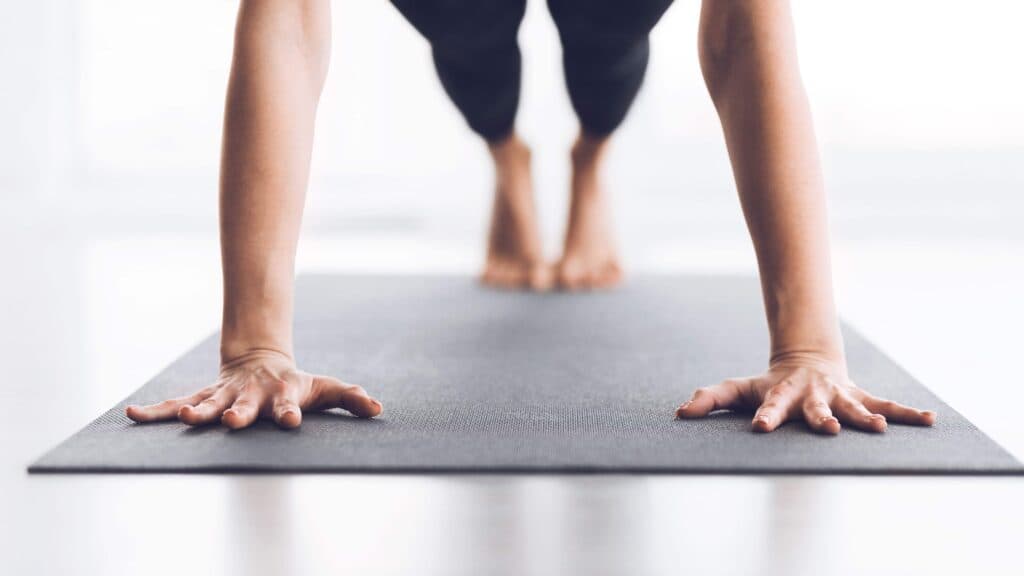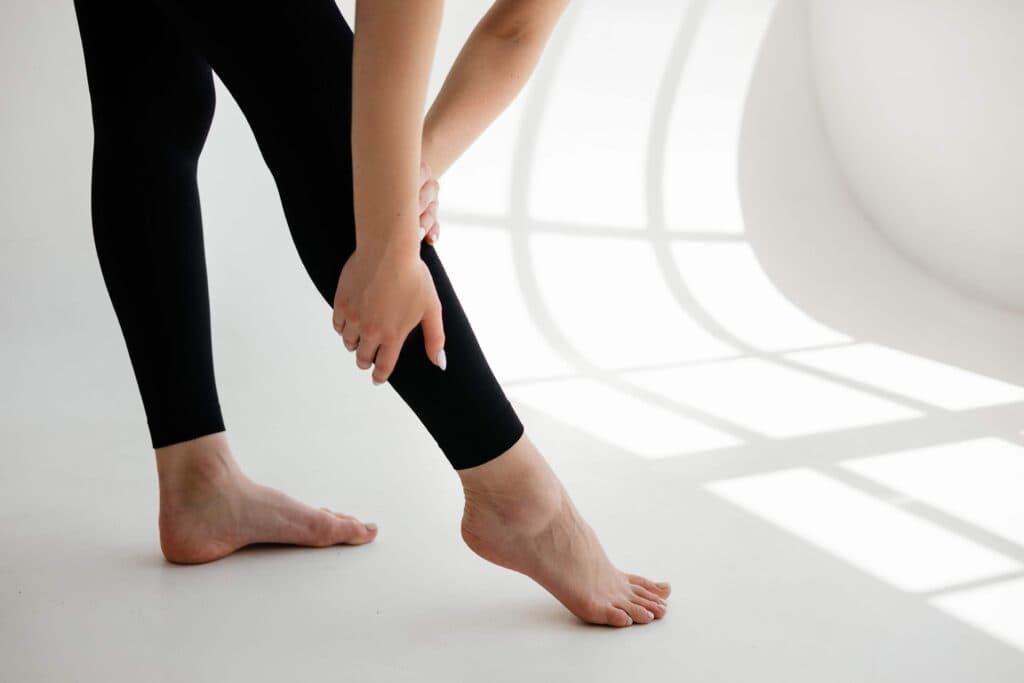Physical
and emotional stress
Lipedema is a pathological fat distribution disorder that causes pain and tightness in the arms and legs and predominantly affects women. Experts in medicine and research currently believe that lipedema develops as a consequence of a hormonal change such as puberty, pregnancy or perimenopause. Lipedema can be inherited from either parent. Lipedema develops during puberty in 85 % of cases, that is, at a time of life associated not just with physical changes but also many emotional upheavals. And in the middle of all this, painful and visible changes develop in the legs that nothing can shift or improve.
What is lipedema?
Lipedema is a chronic, often hereditary, uncontrolled growth and enlargement of the fat cells in the arms, buttocks and legs that is possibly triggered by female hormones.
Lipedema is a pathological fat distribution disorder that causes pain and tightness and predominantly affects women. Three lipedema stages and four types of lipedema are differentiated. Three lipedema stages and four types of lipedema are differentiated.
Causes of lipedema
Specialists currently believe that one of the primary causes of lipedema is a hormonal change: The female hormone oestrogen leads to growth and enlargement of the fat cells.
Lipedema has to date only been scientifically verified to develop in the legs and arms. In 97 % of cases the legs are most often affected, particularly the thighs. But lipedema can also occur on the buttocks and hips.
In 31 % of all cases the typical signs of lipedema can also be seen on the arms of patients. The arms initially often do not have any symptoms and also do not need to be treated. If and when the arms become symptomatic over time cannot be predicted.
Symptoms
of lipedema
Lipedema symptoms are often difficult to classify because of how they appear and their similarity to the symptoms of other disorders.
Getting a diagnosis of lipedema is often a drawn out and difficult struggle because the symptoms are experienced by patients in very different ways and are often confused with those of other diseases. What is important is that affected patients have access to a doctor who has experience with lipedema. Many practices now offer specialist consultations. The initial diagnosis can often be made by a phlebologist.
Symptoms similar to those experienced with lipedema may occur with diseases such as fibromyalgia, chronic musculoskeletal pain, polyneuropathy or even chronic venous insufficiency. These include:
- pain and tightness in the legs and arms
- feeling of heaviness in the legs and arms
- exhaustion and lethargy
For a specific diagnosis, it is essential to have a personal physical examination in addition to the symptoms described above. There are currently no instrument-based diagnostics available that can confirm lipedema. Ultrasound in particular can only give minor indications but never evidence of the presence of lipedema.
Tthe typical symptoms of lipedemia include:
- physical proportions that do not match the rest of the body (greatly enlarged, column-like legs with a slim upper body)
- symmetrical fat deposits on the legs and/or arms
- tendency to bruise easily
- pain and tightness in the legs and arms
- pain in the legs and arms if pressure is applied or they are touched
- Attempts to lose weight have little or no effect on the size of the arms and legs.
Stages
and types
Lipedema is a chronic, progressive fat distribution disorder. It is classified into three stages and four types.
The severity is classified by the treating doctor using the appearance of the skin and palpation.
The three stages of lipedema
Stage 1: Surface of the skin is smooth, subcutaneous fatty tissue is thickened, fat structure has small nodules
Stage 2: Surface of the skin is uneven, there are indentations and bulges, fat structure has large nodules
Stage 3: Tissue is rough and hard, large lobes of skin form
The four types of lipedema
While staging lipedema considers the appearance of the skin and the tissue, which parts of the body are affected becomes relevant when classifying the types of lipedema.
Type 1: The subcutaneous fat accumulates mainly around the buttocks and hips. The result is the ‘riding breeches’ look.
Type 2: Lipedema extends to the knees. More fat accumulates on the insides of the knees.
Type 3: The disease extends from the hips to the ankles. The feet are not affected.
Type 4: The lipedema now also affects the arms. Wrists and hands are not affected.
Therapy /
treatment
Liposuction as part of a lipedema operation is the only lasting treatment for lipedema.
Systematically and competently performed lipedema surgery achieves outstanding results with very few complications. As a pioneer in the surgical treatment of lipedema, the LipoClinic is a worldwide leader, successfully performing more than 2,500 operations every year.
So that the tissue is decongested and best prepared for the liposuction performed as part of the lipedema surgery, it is extremely important that patients continuously wear a flat-knit compression garment for six to eight weeks before the operation. If the tissue is very congested, targeted manual lymphatic drainage (MLD) should also be performed before the operation. MLD is also important in the follow-up care to counteract the swelling that typically occurs after surgery. The flat-knit compression garment must also be continuously worn after the liposuction. It helps with reducing the swelling, knits the layers of loosened tissue together again and ensures better contouring thanks to the compression.
Do I have lipedema?
You can use this initial lipedema test to check if you may be affected by lipedema. Complete the check here.
